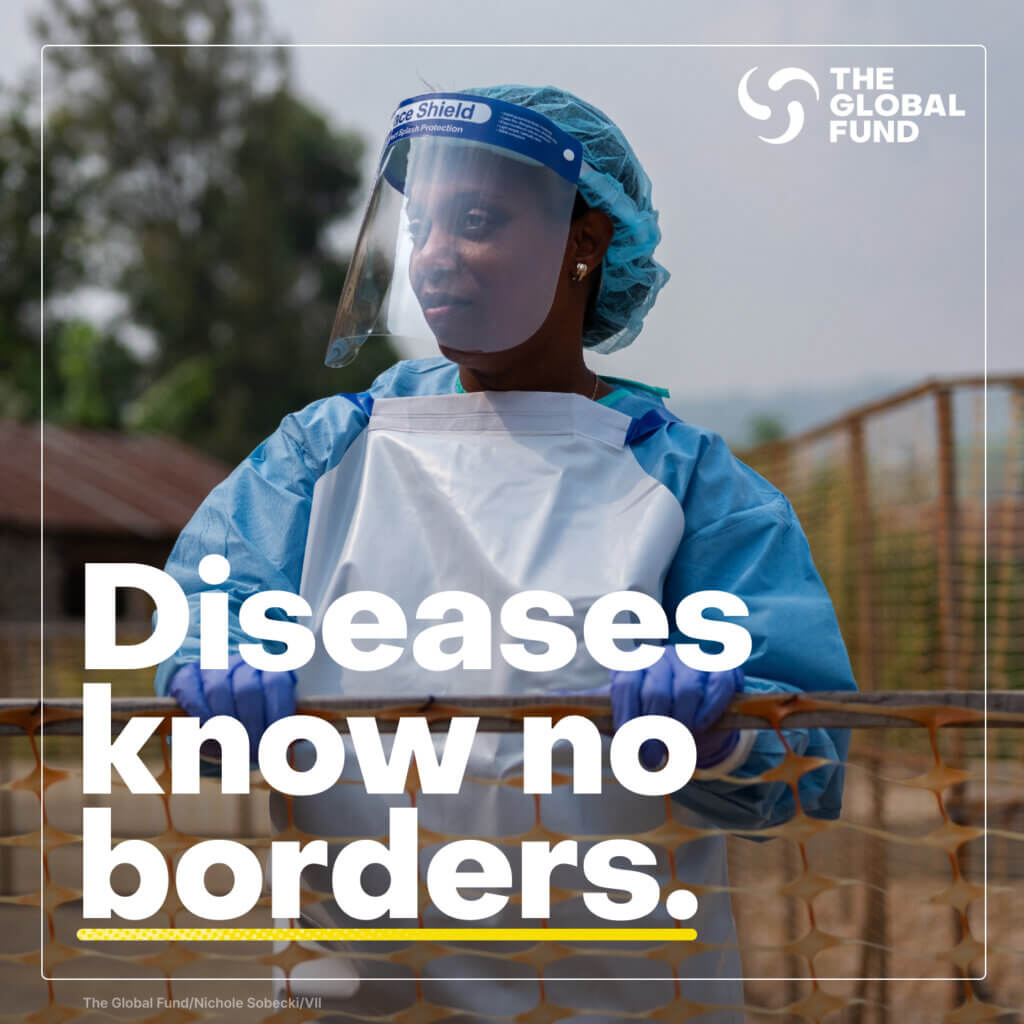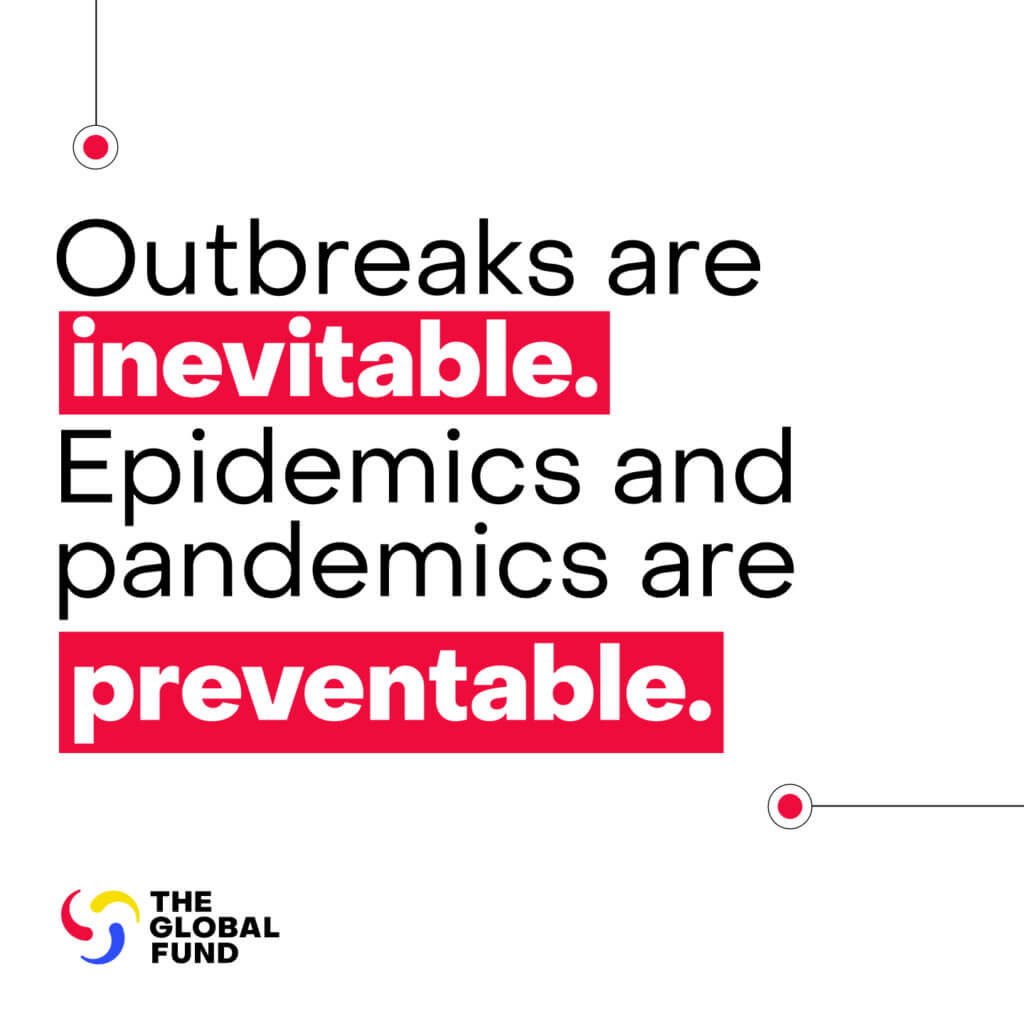Heat waves: Europe’s new normal and the potential future rise of malaria in Europe

In recent years, conversations about climate change driven increases in malaria have almost exclusively centred on sub-Saharan Africa. Projections have suggested that, between 2030 and 2049, increased temperatures could contribute to an additional 550,000 malaria deaths in the region.
With record high temperatures across Europe and the spread of mosquito-borne diseases, malaria returning to this region is becoming a likely possibility.
In recent summers we have seen some unprecedented heat waves, even in traditionally mild climates such as the United Kingdom where temperatures have pushed above 40 ° C. This extreme weather could result in optimal conditions for mosquito-borne diseases.
There has been growing local cases of mosquito-borne diseases. Some climate researchers believe that diseases such as dengue, chikungunya and the west nile virus, that are typically found in tropical regions, could soon become endemic in Europe.
Last year in Europe there were 304 local cases of dengue, most of this number originating from Italy. France has already experienced 7 outbreaks of chikungunya this summer, several outbreaks of dengue in the past years. This year there have even been reports of the west nile virus being detected in the United Kingdom for the first time ever.
While there haven’t been endemic malaria cases in Europe (versus imported cases from people traveling to endemic regions), summer heat waves could change this situation. The Anopheles mosquito breeds in hot and humid environments. Its life cycle, from egg to adult dramatically quickens when temperatures consistently fall between the temperatures of 15.4 and 35°C. Heat waves extend this window allowing more mosquitoes to hatch and mature in a season.
Although malaria in Europe was eliminated 50 years ago, and Italy was declared malaria-free by the World Health Organization in 1970 , 2024 saw a return of imported cases in Italy. Italian entomologists have also recently rediscovered a malaria vector, the Anopheles sacharovi, in the country. This was the first recorded sightings of this species in over 50 years.
This shows that regions once considered malaria-free can once more have a vulnerability to malaria. Changes in climate and the mosquito behaviour cause regions further away from the Equator, such as Italy to become vulnerable to malaria transmission. This trend highlights the urgent need to invest in new prevention technologies, especially as traditional prevention methods, such as insecticides and bed nets, are becoming increasingly less effective due to the rise in resistance to insecticides and drugs and changing mosquito behaviour linked to global warming.


According to The Global Fund, investing in targeting vector-borne diseases, like malaria is one of the most effective ways for countries to prepare for future pandemics. Investment in just 100 countries can help detect, track and contain new outbreaks around the world, before they become pandemics. Historically, diseases have always crossed borders, and without urgent investments into new tools, the risk of malaria re-emerging in Europe may be imminent. Fighting malaria is in all our interests, because diseases know no borders.
